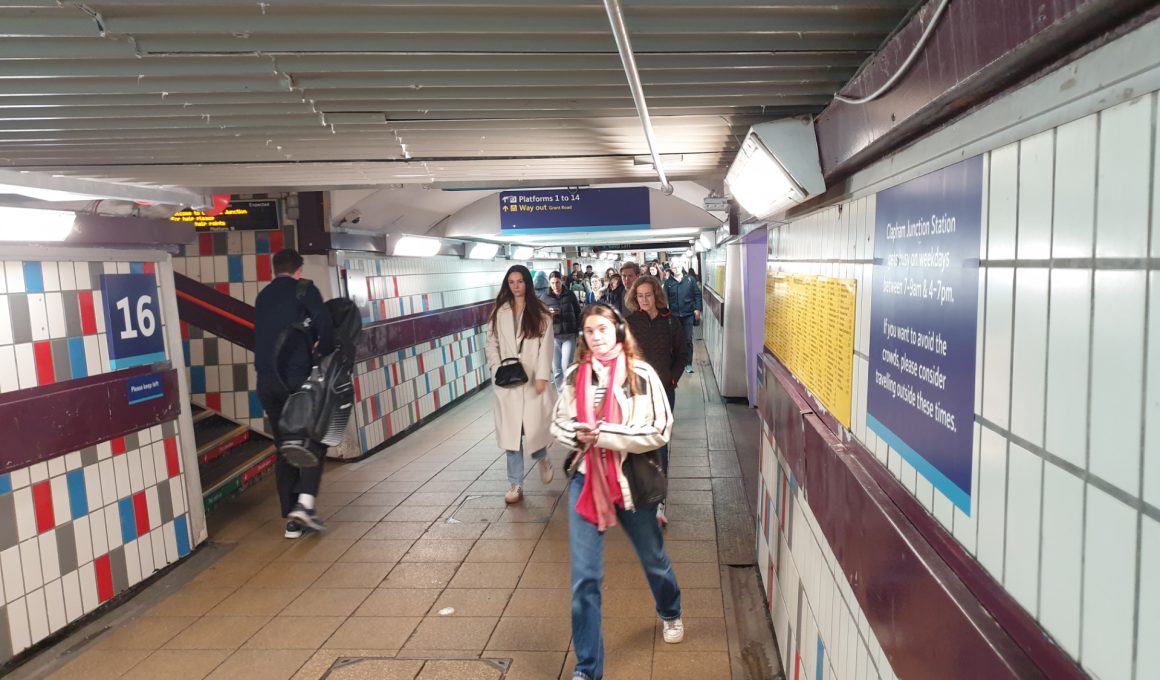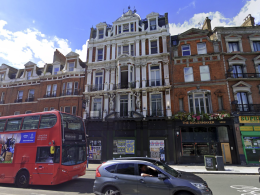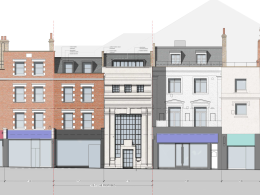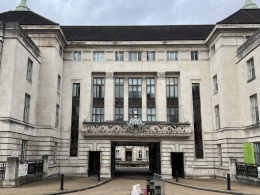Wandsworth Council will tomorrow approve £7.1 million for station improvements it first announced three years ago, after sitting on developer contributions while passengers endured increasingly dangerous overcrowding.
The council secured £2.8 million in June 2022 for a new entrance at Wandsworth Town station, declaring that plans were “gathering pace.” Instead, the project stalled for three years while costs more than doubled and conditions at nearby Clapham Junction deteriorated so badly the station now requires temporary closures during rush hours for safety.
Tomorrow’s Cabinet meeting will approve the Wandsworth Town improvements – now costing £7.1 million rather than the original £3.45 million – while quietly progressing radical plans to rebuild Clapham Junction entirely.
In June 2022, the council’s transport committee was asked to authorise legal agreements with Network Rail for “delivery of the project.” The new entrance was meant to link with homes being built on the former Homebase site, whose developers provided £2.5 million. Additional funding came from the former B&Q site developers.
Three years later, those homes are likely occupied, their residents adding to the crushing overcrowding the improvements were meant to address. The delay has seen costs spiral – what would have cost £3.45 million (£2.8m developer contributions plus £650,000 council funding) in 2022 now requires £7.1 million.

Developer cash filling infrastructure gap
The Wandsworth Town improvements are being funded entirely through Section 106 developer contributions – money paid by developers as a condition of planning permission. The council will contribute nothing from its own budget, despite describing the station as “many people’s first impression of Wandsworth.”
Similarly, the Clapham Junction masterplan explicitly discusses “unlocking development value” and connecting the station to major development sites, suggesting the rebuild could be funded by enabling more housing construction around the station.
At Wandsworth Town, the new north entrance will ease pressure on the existing single entrance, where complaints about overcrowding at ticket barriers and in tunnels have mounted as the area has seen rapid development. The three new lifts will make the station fully accessible for the first time, benefitting thousands of passengers with mobility issues, parents with buggies, and travellers with luggage.
The changes at Clapham Junction could be even more dramatic. Documents reveal the station experiences such severe overcrowding that it sometimes requires “temporary closures during periods of high crowding.” The existing subway becomes so congested during morning peaks that Network Rail had proposed an emergency interchange bridge – but the council rejected this as insufficient.
For Clapham Junction, the council is considering:
- Two different overbridge options creating new entrances at either the eastern or western end of platforms
- An underpass option providing level access on both sides of the tracks
Each option would not only ease congestion but also “unlock development potential” – with one option specifically designed to connect to the railway depot site, described as “a large land parcel with significant development potential.”
Infrastructure always playing catch-up
The three-year delay exemplifies a broken system where even when developer money is available, bureaucratic inertia means infrastructure remains perpetually behind. The council had the funds but lacked the urgency – until conditions became actually dangerous.
While the improvements are desperately needed, the reliance on developer funding reveals an uncomfortable truth: the council appears unable or unwilling to fund critical infrastructure from its own budget.
The pattern is clear – developers pay for station improvements as the price of building more homes, which then require further station improvements, creating a cycle where infrastructure is always playing catch-up. Meanwhile, the council can claim credit for improvements it didn’t pay for.
Most concerning is that it takes actual danger – stations requiring emergency closures due to overcrowding – before action is taken. These aren’t nice-to-have upgrades; they’re essential safety improvements that should have been made years ago.
The timing is also notable – these infrastructure announcements come as the same Cabinet meeting will approve closing Bradstow School to save money, highlighting difficult choices about spending priorities. The council found £41 million to expand SEND provision in the borough but relies on private developers to make its stations safe and accessible.
Transport campaigners have welcomed the improvements but questioned whether they go far enough, particularly at Clapham Junction where the masterplan acknowledges that even the proposed solutions have “distinct strengths and weaknesses” and no perfect option has been identified.
The Cabinet will approve the Wandsworth Town funding tomorrow at 4pm, while the Clapham Junction plans move to “Stage 2” involving community consultation – though critics note that key decisions about the station’s future appear to have already been made behind closed doors.









